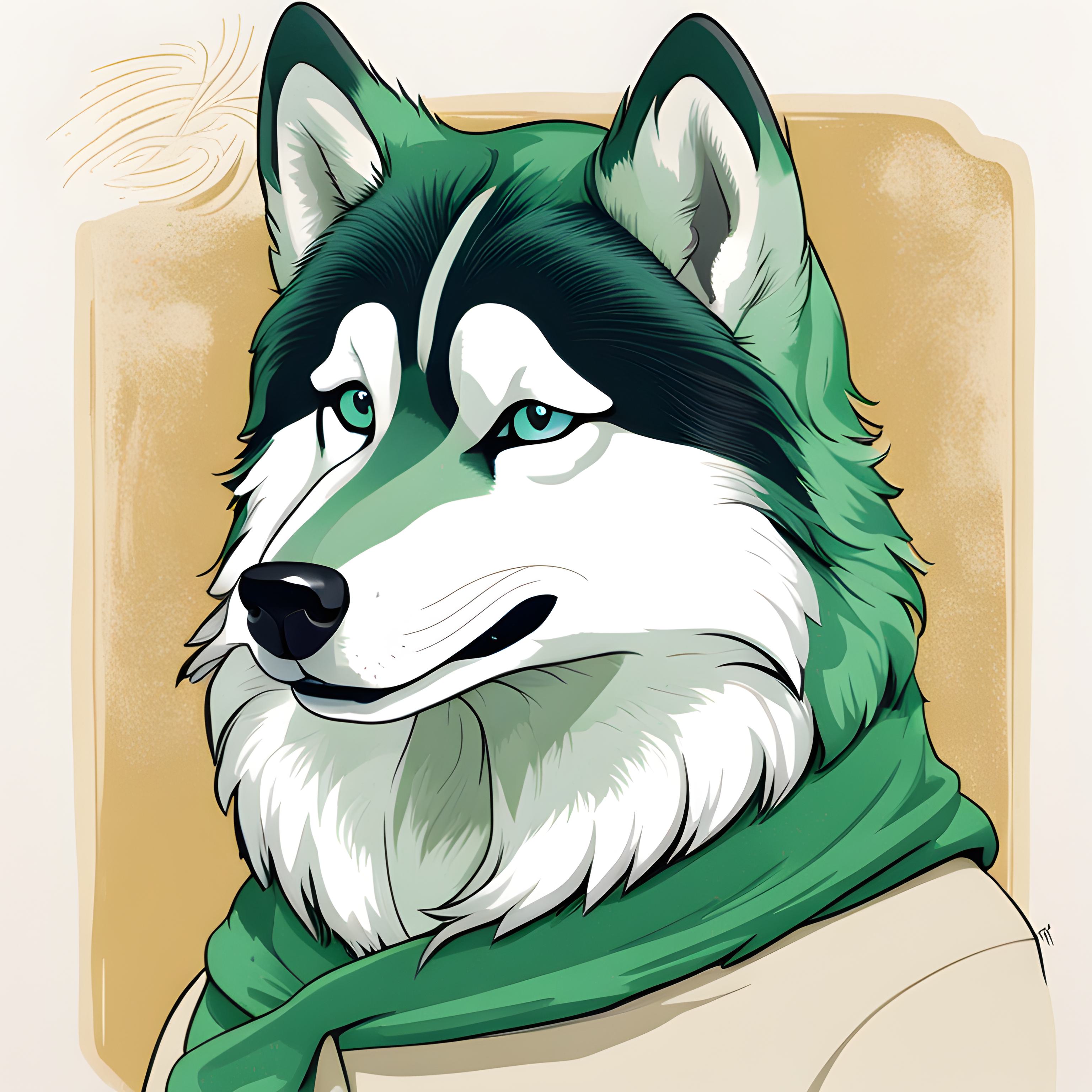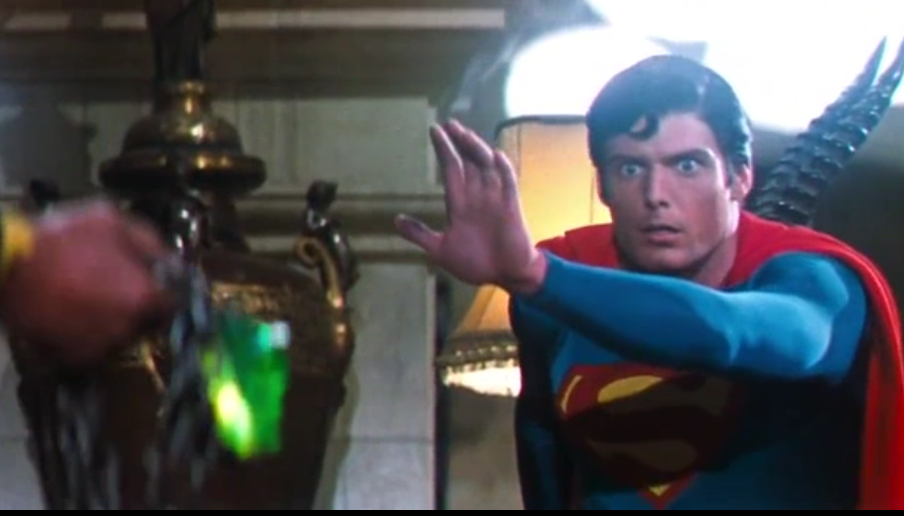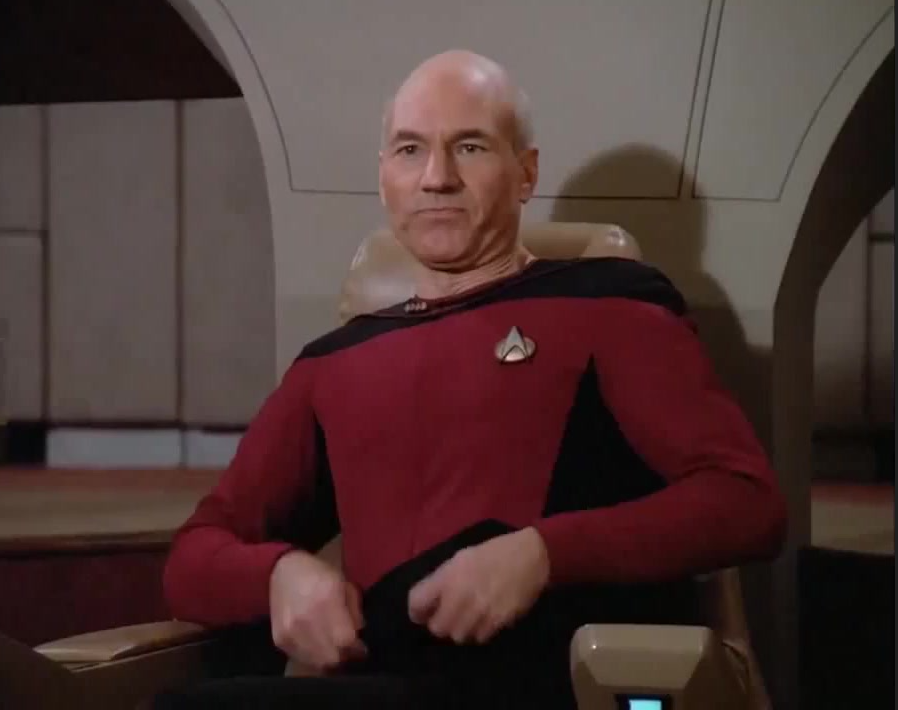As a non-American, I’m very confused by this. If it’s a town, it’s not rural by definition. Because, you-know, it’s urban.
Also, could we get a definition of town vs small town. Do you not have the concept of a village? (Village in the UK would be a settlement with a population of a couple of thousand, with usually a pub, local shop, maybe a post office and primary school if you’re lucky).
“urban” means city, not town
My uncle lives up in Omak
https://en.m.wikipedia.org/wiki/Omak,_Washington
This is a small town. We don’t call them villages, we call them towns for some reason.
Technically speaking, Omak is a city actually. But pretty much everyone will call it a town around here.
We’re in the Philly burbs and it’s known as a Village.
This is a small town. We don’t call them villages, we call them towns for some reason.
The word village implies community, and we don’t do that kinda thing in the states.
This guy has a YouTube channel of him just driving around small towns in the rural Midwest USA. https://youtube.com/@joeandnicsroadtrip
Rural usually means Hillbillies.
There are towns that are entirely just housing developments with no stores, no services, and no schools for miles. We are extremely spread out and even a town of a couple thousand people can have nothing nearby. These are what I’ve always known as “rural” towns. Farming communities and suburbs entirely cut off from the bigger cities by miles of just empty fields and farm land, in addition to places like up around Mariposa with populations of sub 100 people, cut off more by the mountainous terrain than because of how the infrastructure was built up.
A suburb would literally be suburban, not rural.
Is it really a suburb if it’s 30-50 miles away from the nearest city or amenities and not just in the surrounding area on its outskirts? Cuz many of the towns considered suburbs are that distance or more from the city they are supposedly suburbs of.
30-50 miles doesn’t sound like a suburb, so not sure why it would be referred to as a suburb. 30 miles would be stretching it as an outer limit for suburbs.
There are named towns in the US with populations in the single digits. This can be due to either the population moving away, fleeing, or simply dying off over time – Centralia, PA leaps to mind – or because it’s just a cluster of a couple of houses at a crossroads that would otherwise be in the middle of nowhere. There may not necessarily be a post office or any other services there.
In fact, there are “towns” in the US in that they are named on the map and have a defined location filed with the state/county/Postal Service, but they have no inhabitants at all. In many cases this is because a planned development never actually happened.
Centralia is small because the mine fire has been burning since the 50s or so. It’s basically condemned.
Yes, it’s an example of the “everyone fled” variety. Well, almost everyone.
See also: census designated places, a collection of people with no formal town incorporation/government. My dad grew up in a “town” (CDP) of about 250 residents. It’s about a half hour drive from the nearest real town, for things like groceries and hospitals.
Another possibly related wrinkle here is that I an given to understand (I am by no means an expert) that there is not a single square inch of dirt anywhere within the United States that is not considered by the Postal Service to fall within the boundaries of a ZIP code. Regardless of the population level of that location (even if any), any mailbox staked into the ground anywhere will have an associated ZIP code which will inherit the name of some city/town/borough/whatever by default. This is regardless of how many miles are between that location and the city in question, or how much it makes sense.
Everywhere in the country is somewhere, even if it’s the middle of nowhere, according to the post office.
For added giggles, here is one of my oft-reposted pictures, which happens to be more-or-less in the, er, “city center” of Tartown, PA which is on the MABDR route in the saddle of a random mountain in the middle of the woods near the Southern border of Pennsylvania.

Tartown is an abandoned “unincorporated community” within the ZIP code 17320, which ostensibly covers Fairfield in Adams County, PA. “Community” is a strong word. There is in fact no such place as Tartown, except there is. Information on it is sparse, and it contains no development, no remaining buildings, no utilities, no government, and no population. However it is a named point on a map that has a defined location and presumably will forevermore, as long as the records are kept. Thus it is a town.
…For a suitably small quantity of “town.”
Most towns are not urban by any standard. I ate dinner over the weekend in a town with a population of 669. It was big enough to have its own restaurant and post office. It was a 30-40 minute drive from any town with a population over 10,000 (and that, just barely).
This is why I was confused. There’s no way that’s a town with so few people (from a UK perspective)
We use the word differently. In the past I think we used it more as you do, because “going to town” had the connotations of going to a big city.
“Town” in American usage can mean anything from a small urban center (like under 10k people) to an incorporated municipality that has only a post office and tons of farms around it.
Basically we don’t say “village” here. So town is the smallest word we have. But it has a big range.
Another consideration might be how far your “town” is from a more major center.
A town with a population of 1000 might not feel that rural if it’s 10 miles down the road from a city of a million.
If the next closest center > 5,000pop is 250 miles away… Perhaps a different story.
I’ve hear it said that in Europe 100km is considered a long distance and in North America 100 years is considered a long time.
Depending on the state there may be different formal definitions based on population and incorporation status. In Ohio, we have townships, villages, and cities. In Pennsylvania they have “boroughs” instead of villages. In NY a borough is a subdivision of a city. I don’t think they have the township organizational structure in Vermont. In Maine there are unincorporated territories (usually just numbered).
The role of the county government can vary significantly from state to state too.
The role of the county government can vary significantly from state to state too.
My understanding is that in Virginia the city/town that serves as the county seat is explicitly not a part of the county it’s located in!
To my knowledge, US states may use different terms for municipalities, collections of homesteads, etc. as they wish because of the 10th amendment in the US Constitution, i.e. it’s not explicitly given to the fed government to prescribe the hierarchy. But I’m no expert on this subject, so I could be mistaken.
Aight, so, we got cities/metropolitan areas, then we have the outer edge of cities called suburbs (could also be referred to as towns), then we got further out areas, which are rural, which have a lot of agriculture and wilderness.
“Small” and “rural” are used as qualifying adjectives, and typically compound. Rural: generally far from near by cities, lots of wilderness/agriculture around. Small: not a lot of residents or amenities.
Village is not a term that is commonly used, at least not where I’m from (midwest).
Your village is our small rural town: low population density, lots of wilderness/agriculture, not a lot of buildings.
Cool, thank you
And then we have “the sticks” a remote place mostly removed from civilization.
Don’t forget BFE. The sticks are almost always right about halfway between BFE and YouGottaPurdyMouth
Banjo music intensifies
It means the town doesn’t have a Walmart
Damn that’s actually a pretty good definition. Huh
Thanks,
After thinking about it a bit, towns with a large corporate presence, like a major grocery store etc., but no Walmart, would fall somewhere in between rural and urban. Low or no corporate presence is almost always a rural town.
You’re familiar with market towns in the UK? A bit like one of those but with hours and hours of agricultural land all around it. A solitary high street in the middle of nowhere.
N.B. I’m not USian so don’t know what I’m on about…
A town in the USA has a population requirement of at least 5,000 people. However that can be spread out over hundreds or even thousands of square miles.
Villages do exist (I live in one) and it is generally defined as a smaller incorporated entity within a town.
So, for instance, I live in the country of the USA, in the state of New York, in the county of Allegany, in the Town of Andover, in the Village of Andover. It’s like nesting dolls of government and taxes.
A small town would be a village in the UK. But because we’re big tough MURICAN people we can’t just call it that cuz who knows? Like you said, it would be a few thousand people living a slightly inconvenient distance from a larger urban area.
I used to live in the state of Georgia. In South Georgia there were 2 big towns. I’d go so far as to call them decently sized Cities. Albany and Valdosta. And scattered all over the place are smaller towns like Baconton for instance. Baconton would barely qualify as a small town. The biggest attraction was a small grocery store on the side of I-75.
I’d call Albany and Valdosta cities. Baconton? Never heard of it. Small town in my book.
EDIT: Just looked. Hell, you got a Dollar General and a school? Small city. :)
The dollar general is new. Wasn’t there when I left.
Here are some descriptions and photos of what most small towns look like: https://www.onlyinyourstate.com/trip-ideas/washington/slow-paced-towns-in-wa
A really small town is like what you’re calling a village. I think most people outside the US think that rural is closer to urban areas than it usually is. It typically starts a half hour outside a major city and then can be 7-10 hours to the next major city depending on what state you’re in. The upper east coast is probably closer to Europe. Rural encompasses a huge swath of the US land, and most are very isolated physically and mentally.
Here is a map showing the population densities by county: https://irjci.blogspot.com/2020/08/census-bureau-to-end-counting-efforts.html
They’re still cities, but people tend to start calling them “rural” when you get a certain distance from the big cities and things spread out, often also near farmland and/or nature.
For example, this would probably count as rural.

That’s an American “Town.”
The town by my camp is about that size, 900 souls, and that includes a great deal of surrounding area. We have a general store/gas station, restaurant, mechanic, hair place (still open?), Post Office, fire station (unmanned I think?), two churches, halfway house, tiny school of some sort and a Dollar General, two “cities” 20-miles in either direction. Most of those 900 souls are in the surrounding country.
I would think this is OP’s definition of “village”. There are smaller places in between those two cities, but Holt is the “big” one.
OP: We don’t use the term “village” in America. “Small town” can be a confusing term as that may mean what I described, or it might mean 30,000 people in a suburb attached to a larger town. Or, it might mean any amount of people at all. 🤷🏻
That’s different from anything I’ve seen in the UK. Every house seems to be surrounded with lawns and so spread out, and yet you still need whatever that giant building with the green roof and car park is. Presumably a shop? Why’d you need such a big building for so few people? And why are all the houses detached with no terraces? Very strange…
(All of that was rhetorical, I’m sure it makes sense if that’s what you’re used to. And having more room to spread out and less history to deal with)
Hyperindividualism and car culture explains it all. Americans don’t trust each other (especially not their neighbors) and want to put as much distance between themselves as possible. We’re also mostly NIMBYs (Not In My Backyard) and have very strict zoning laws that prevent commercial and residential buildings from coexisting in the same area. This is great for the auto industry because it means you can’t do anything without driving, and they lobby the government to block any attempt to change things.
Our suburbs are liminal spaces that more closely resemble purgatory than actual communities, which is why everyone who grew up in them is at least slightly insane.
An American Small Town sounds a lot like your village.
But, we have like 10,000x as much space to spread out in, so we can have these villages every 10 miles or so in every direction. You could easily drive for 24 hours across the country and easily avoid all major cities.











